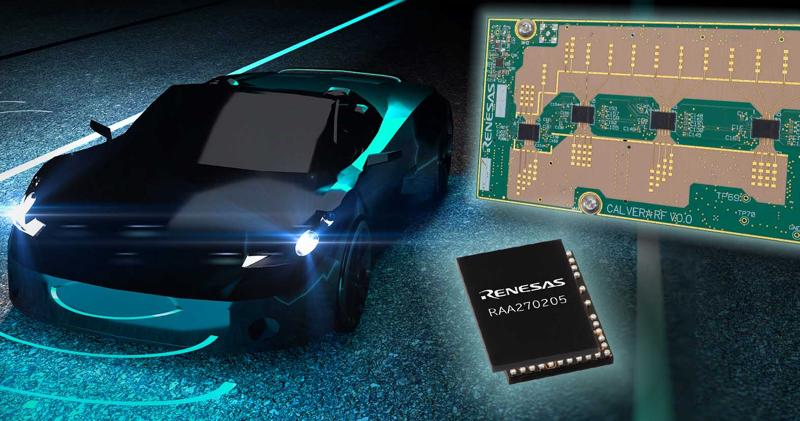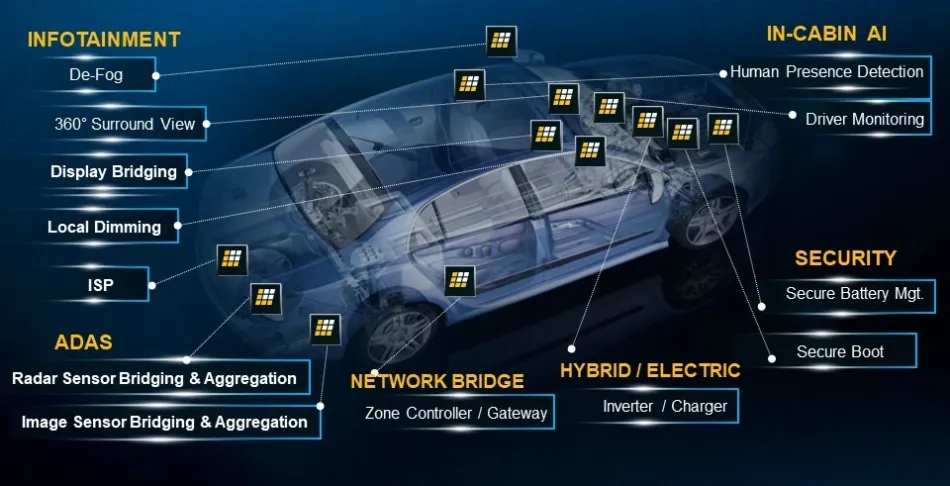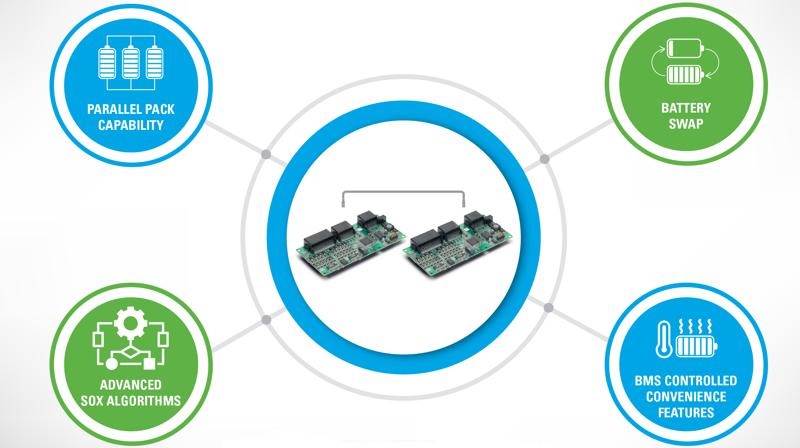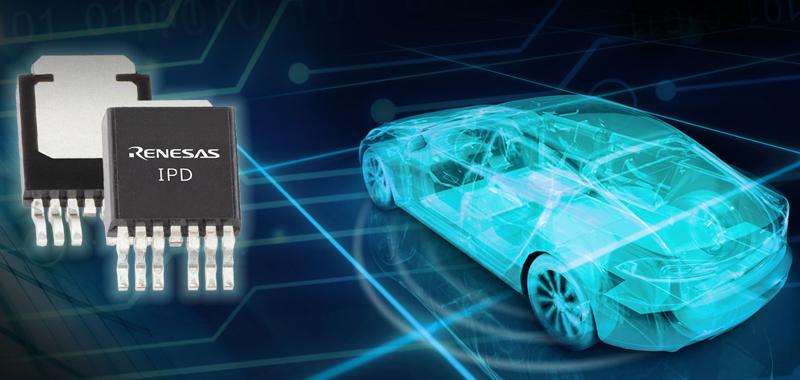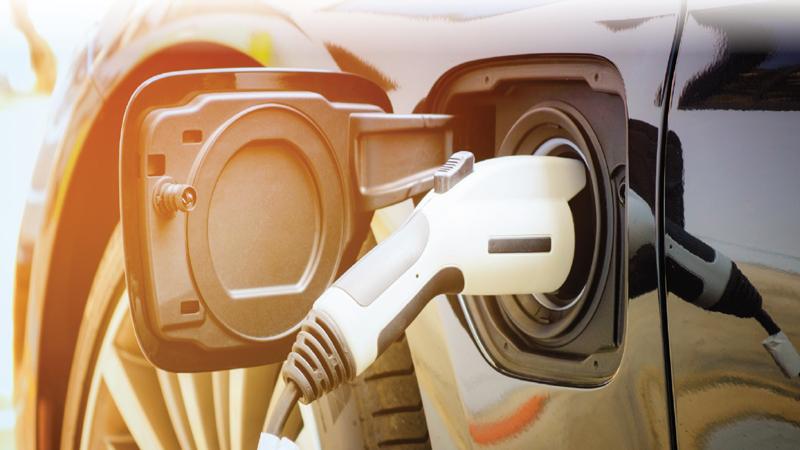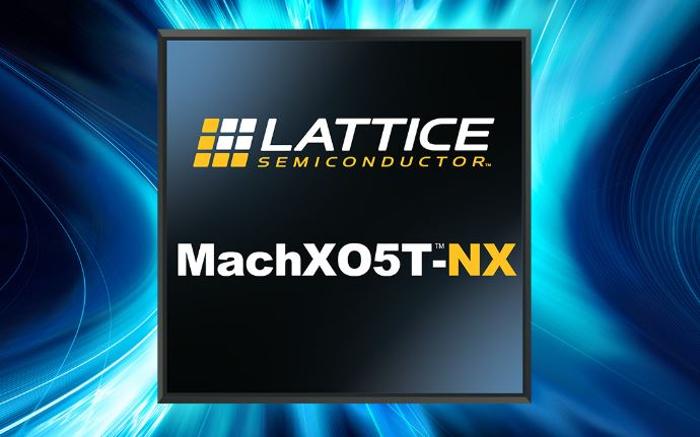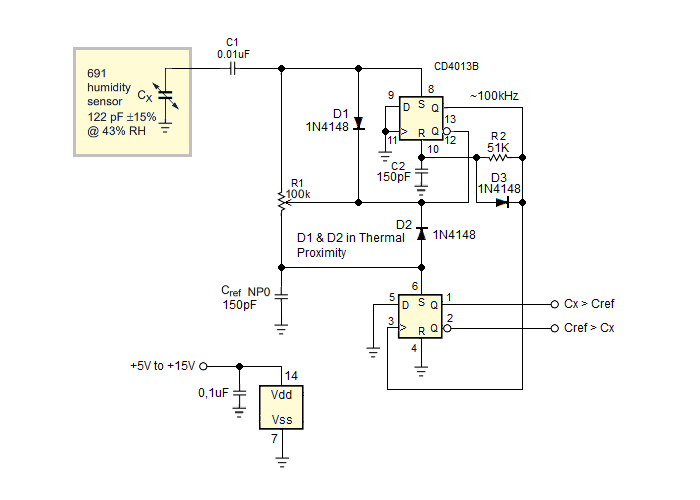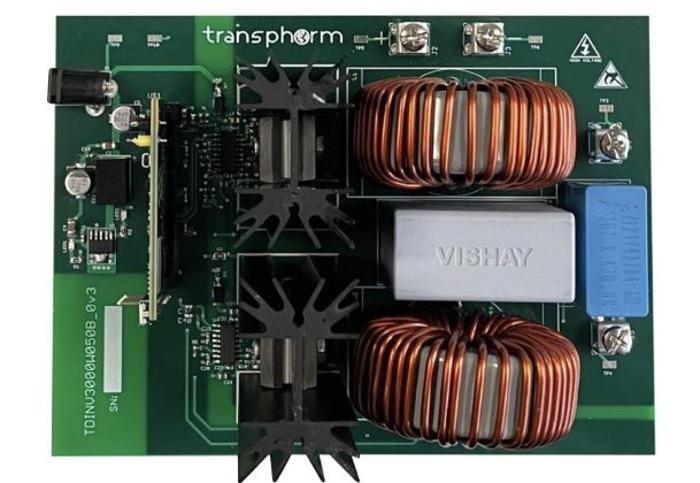
SiC and resurgence of semiconductor vertical integration
- Automotive
- 2023-09-23 21:29:42
The ability of silicon carbide (SiC) semiconductors to be more efficient at handling high powers and conducting heat than traditional silicon in electric vehicle (EV) systems and energy infrastructure is now well recognized. The SiC devices facilitate a more efficient transfer of electricity from the battery to the motor in EV system components, increasing the driving range of an EV by 5% to 10%.
What’s new is how chipmakers are consolidating SiC supply chain parts ranging from development to manufacturing to packaging. A new end-to-end vertically integrated supply chain is rapidly taking shape amid the rising demand for advanced SiC solutions, specifically in the automotive market.
Below is an outline of three industry events during 2022 demonstrating the rapid consolidation of the SiC ecosystem and semiconductor supply chain resilience.
A new SiC production facilityIn August 2022, onsemi inaugurated its SiC facility in Hudson, New Hampshire to establish a vertically integrated setup in a supply-constrained environment. The production facility will provide onsemi full control of its SiC manufacturing supply chain, spanning from sourcing SiC powder and graphite raw material to the delivery of fully packaged SiC devices. As a result, onsemi expects to bolster its production capacity by five times year-over-year while quadrupling the number of employees in Hudson by the end of 2022.




Figure 1 onsemi inaugurated its SiC facility just a few days after the signing of the Chips Act.
A new SiC wafer facilityIn October 2022, STMicroelectronics, engaged in SiC semiconductor development for over 25 years, announced that it’s building a SiC substrate manufacturing facility at its Catania site in Italy to support the increasing demand for SiC devices in automotive and industrial applications. The SiC substrate manufacturing facility, built alongside the existing SiC device manufacturing facility in Catania, will start producing 150-mm SiC epitaxial substrates in 2023.
That is expected to make Catania a hub for research, development, and manufacturing of SiC semiconductors. ST has also hinted about developing 200-mm SiC wafers in the near future. The European chipmaker is currently manufacturing its high-volume STPOWER SiC products at its fabs in Catania and Ang Mo Kio, Singapore, while SiC assembly and testing are done at back-end sites in Shenzhen, China and Bouskoura, Morocco.
Wafer supply agreementThe crucial importance of SiC substrates is also apparent from RF and power semiconductors supplier Qorvo signing a multi-year supply agreement with SK Siltron CSS for SiC bare and epitaxial wafers. The supply of compound semiconductor wafer solutions from SK Siltron CSS is expected to bolster protection and confidence in Qorvo’s Gen 4 SiC FET offerings.

Figure 2 SK Siltron CSS partners with SiC semiconductor vendors like Qorvo for wafer supply.
With this capacity building for SiC substrates, 2023 could well be the year of SiC semiconductors and power modules.
Related Content
SiC Semiconductors and the Future of the IndustrySoitec Sees Big Opportunity in EVs with SmartSiC WafersThe politics of silicon carbide (SiC) wafers for power chipsST Further Extends 150mm SiC Wafer Agreement with CreeThe Importance of SiC Semiconductors for Energy EfficiencySiC and resurgence of semiconductor vertical integration由Voice of the EngineerAutomotiveColumn releasethank you for your recognition of Voice of the Engineer and for our original works As well as the favor of the article, you are very welcome to share it on your personal website or circle of friends, but please indicate the source of the article when reprinting it.“SiC and resurgence of semiconductor vertical integration”

